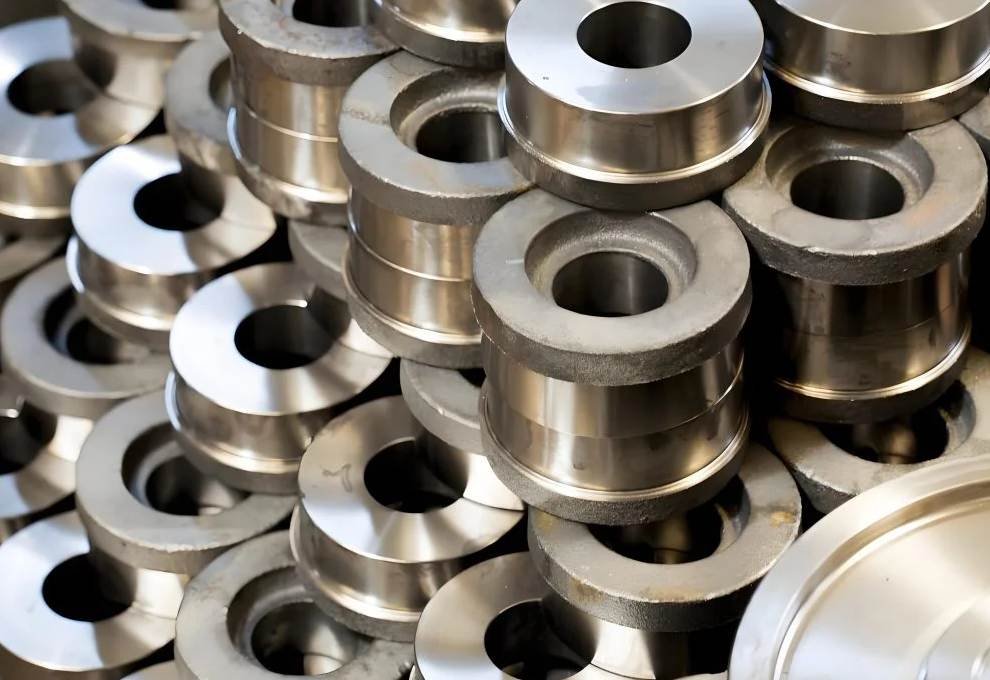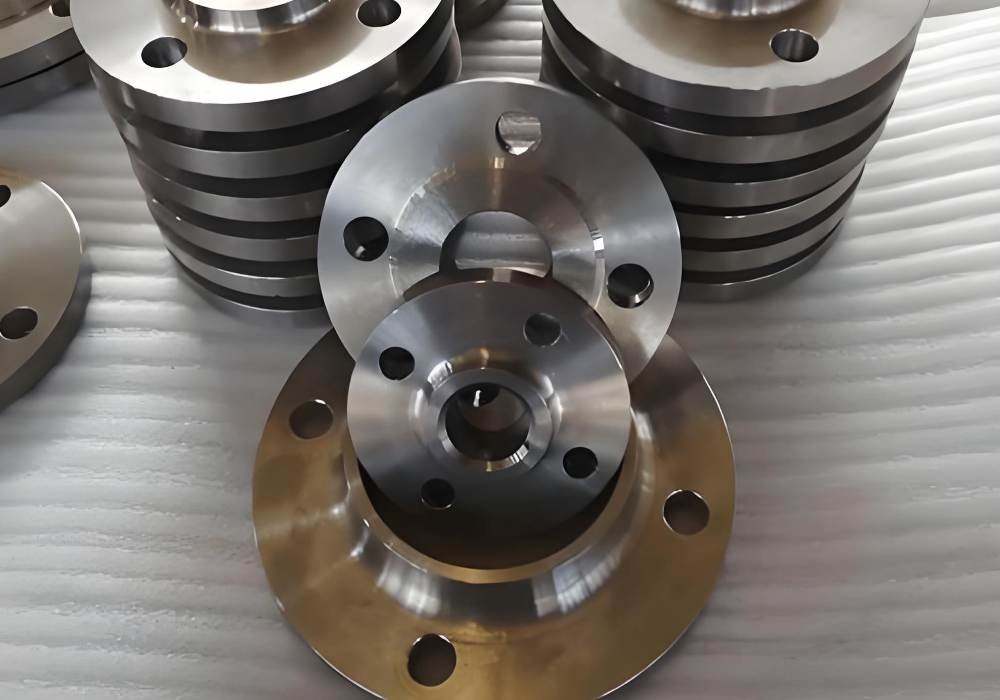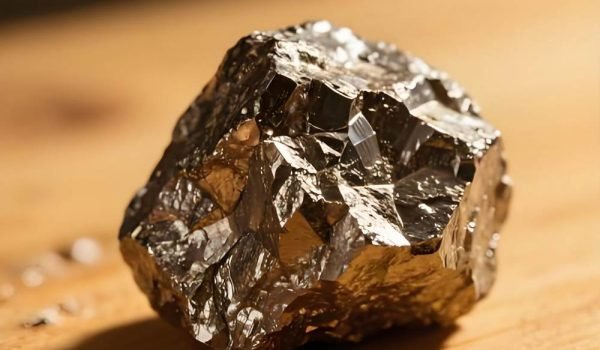Can materials withstand the extreme temperatures found in industrial applications? The answer lies in understanding the properties of metals like nickel. In comparison to other common metals, nickel’s melting point is relatively high, making it an ideal choice for environments where other metals would fail.
This article will explore the significance of nickel’s properties, its industrial applications, and why it’s often the material of choice for manufacturers and engineers working with high-temperature applications.
Understanding Nickel’s Melting Point and Properties
Understanding the melting point of nickel is essential for leveraging its properties in extreme environments. You need to know how nickel behaves at high temperatures to appreciate its value in various industrial applications.
What is the Melting Point of Nickel?
Nickel has a melting point of approximately 1455°C (2651°F), which is relatively high compared to other metals. This high melting point is one of the key reasons nickel is used in high-temperature applications, including turbine blades and furnace components. Its ability to retain strength and structure at elevated temperatures makes it an ideal material for harsh environments.
How Nickel’s Melting Point Compares to Other Metals
When comparing nickel to other metals, its melting point stands out. For instance, aluminum melts at around 660°C (1220°F), while copper melts at approximately 1085°C (1985°F). Nickel’s high melting point, combined with its resistance to corrosion and oxidation, makes it a preferred choice for applications where thermal stability is critical. You can rely on nickel to maintain its integrity even in the most demanding conditions.
Physical and Chemical Properties at High Temperatures
At high temperatures, nickel retains its mechanical strength and structural integrity, making it suitable for use in extreme environments. Its thermal expansion characteristics are also favorable compared to other metals, allowing it to expand and contract without losing its shape or cracking. Additionally, nickel’s resistance to oxidation and corrosion at high temperatures enhances its durability and lifespan in industrial applications. As temperatures increase, nickel’s electrical and thermal conductivity properties change, but it remains an excellent choice for applications requiring thermal stability.

Why Nickel Melting Point Matters in Industrial Applications
Nickel’s melting point plays a crucial role in its industrial applications, particularly in high-temperature environments.
Heat Resistance and Structural Integrity
Nickel’s high melting point ensures that it retains its structural integrity even when exposed to extreme temperatures. This property makes it an ideal material for applications such as aerospace and chemical processing, where equipment is often subjected to high heat.
Thermal Conductivity and Expansion Characteristics
The melting point of nickel also influences its thermal conductivity and expansion characteristics. As you work with nickel in high-temperature applications, understanding its thermal properties is crucial for designing equipment that can efficiently manage heat transfer and minimize thermal stress.
Impact on Manufacturing Processes
Nickel’s melting point significantly affects various manufacturing processes, including alloying, casting, welding, and machining. The process of alloying, for instance, requires a thorough understanding of how nickel’s composition interacts with other elements at high temperatures, impacting the final alloy composition and properties.
By grasping the importance of nickel’s melting point, you can optimize manufacturing processes and equipment design, leading to improved product quality and performance in demanding applications.
Factors Influencing Nickel’s Melting Point
The melting point of nickel is determined by a combination of its chemical composition and crystalline structure. You need to consider these factors when evaluating nickel for high-temperature applications.
Chemical Purity and Composition
The chemical purity of nickel significantly affects its melting point. Impurities can lower the melting point by disrupting the uniformity of the crystal structure. As the purity increases, the melting point approaches its theoretical value. You should expect a higher melting point in high-purity nickel.
Alloying Elements and Their Effects
Alloying elements can significantly alter nickel’s melting behavior. Some elements, like chromium, can form solid solutions that strengthen the material and affect its melting characteristics. The type and amount of alloying elements will determine the overall melting behavior of the nickel alloy. You can tailor the melting point by adjusting the alloy composition.
Crystalline Structure and Phase Changes
Nickel’s face-centered cubic (FCC) crystalline structure plays a crucial role in its melting behavior. The arrangement of atoms in this structure influences the strength of the metallic bonds, which in turn affects the energy required for the solid-to-liquid transition. As nickel approaches its melting point, phase changes can occur, impacting its overall melting characteristics. You should understand these phase changes to optimize nickel’s performance.

Nickel-Based Superalloys and High-Temperature Applications
Nickel’s high melting point makes it a crucial element in superalloys used for demanding applications. Nickel-based superalloys are designed to withstand extreme temperatures, often exceeding 1000°C, making them ideal for use in jet engines, gas turbines, and rocket engines.
These superalloys typically contain significant amounts of chromium, cobalt, and other elements that enhance their properties, including corrosion resistance and strength at high temperatures. The combination of nickel’s inherently high melting point with carefully selected alloying elements results in materials that maintain their integrity, resist oxidation, and prevent creep under conditions that would compromise conventional alloys.
The aerospace industry heavily relies on nickel-based superalloys for critical components in jet engines, where temperatures can reach extremes. Additionally, these alloys are used in power generation, including gas turbines and nuclear reactors, where nickel’s melting point and corrosion resistance are essential.
Emerging applications in chemical processing, oil and gas extraction, and advanced manufacturing also benefit from nickel’s high-temperature capabilities. As research continues into new compositions that push the boundaries of temperature resistance, understanding nickel’s melting point and related properties remains crucial for engineers and manufacturers working with high-temperature applications.
FAQ
What is the melting temperature of pure nickel?
The melting temperature of pure nickel is approximately 1455°C (2651°F), making it suitable for high-temperature applications.
How does the melting point of nickel compare to other common metals?
Nickel has a relatively high melting point compared to metals like aluminum (660°C or 1220°F) and copper (1085°C or 1985°F), but lower than some refractory metals like tungsten (3422°C or 6192°F).
What factors can influence the melting point of nickel alloys?
The melting point of nickel alloys can be influenced by the presence of alloying elements, such as chromium, iron, and molybdenum, which can either raise or lower the melting point depending on their concentration.
Why is the melting point of nickel important in aerospace applications?
The high melting point of nickel makes it an ideal material for aerospace applications, such as jet engine components, where materials are exposed to extreme heat and must maintain their structural integrity.
Can the melting point of nickel be altered through processing or treatment?
While the intrinsic melting point of nickel cannot be changed, processing techniques like alloying and heat treatment can modify its microstructure and properties, affecting its performance in high-temperature applications.




